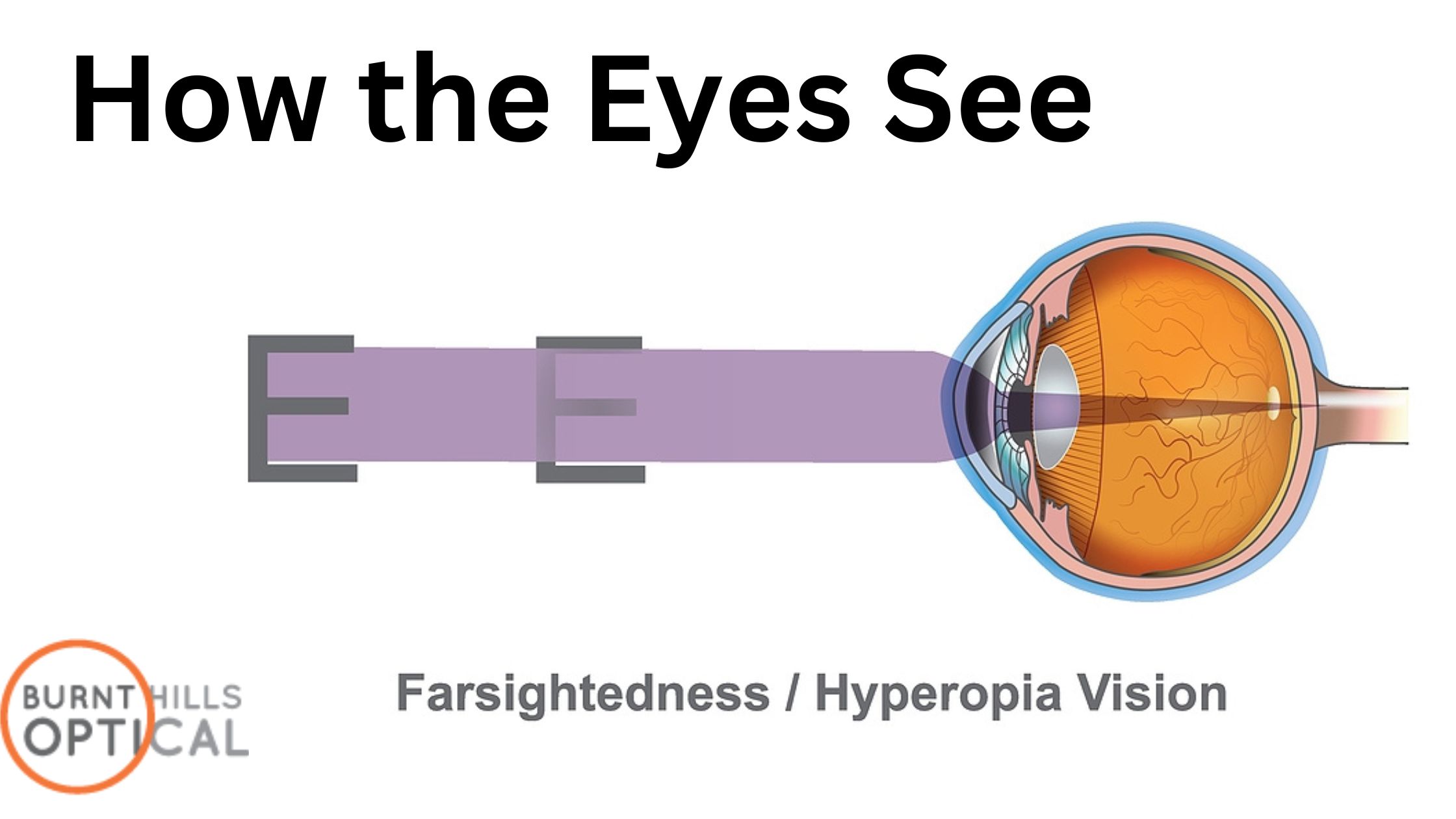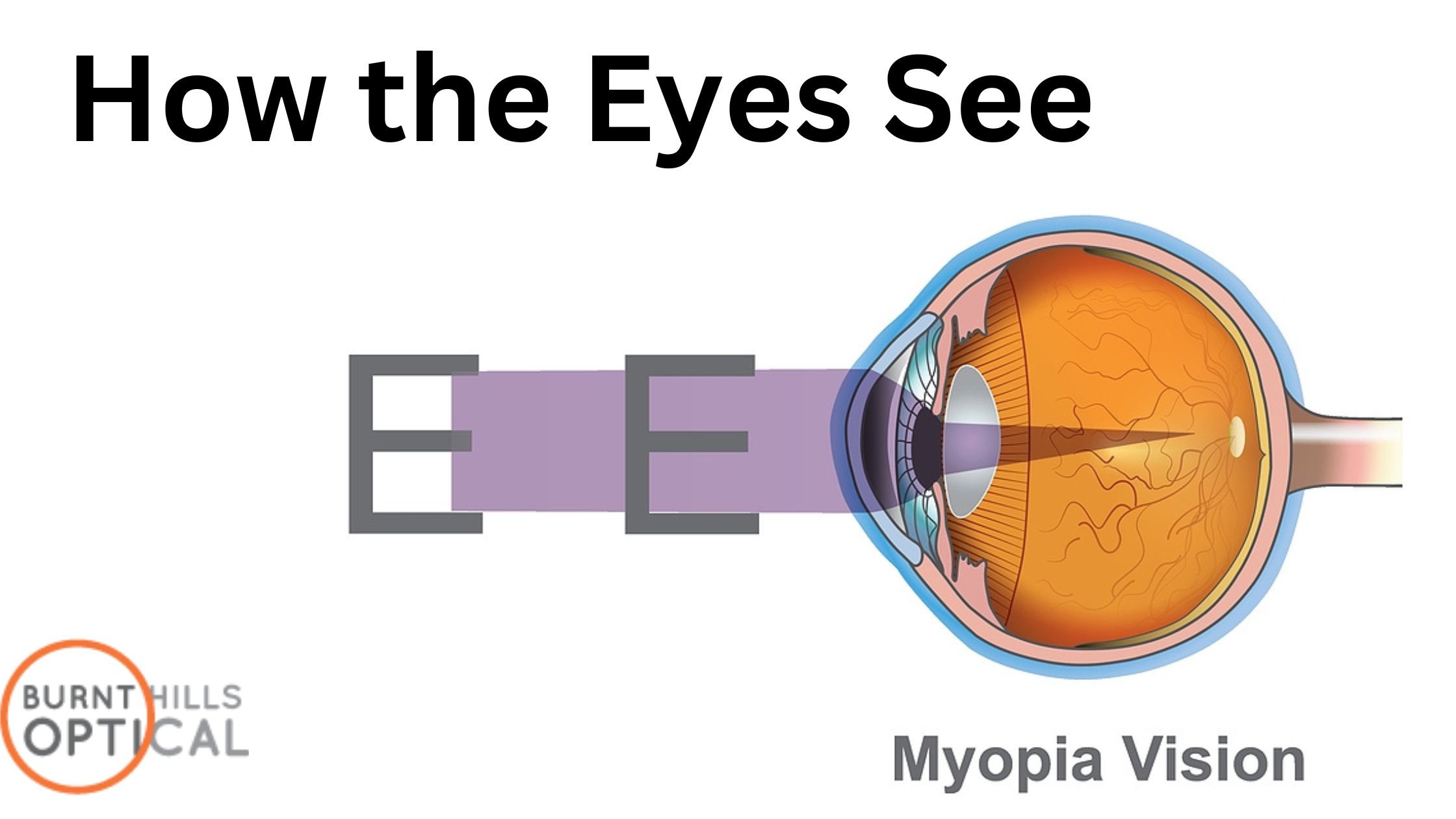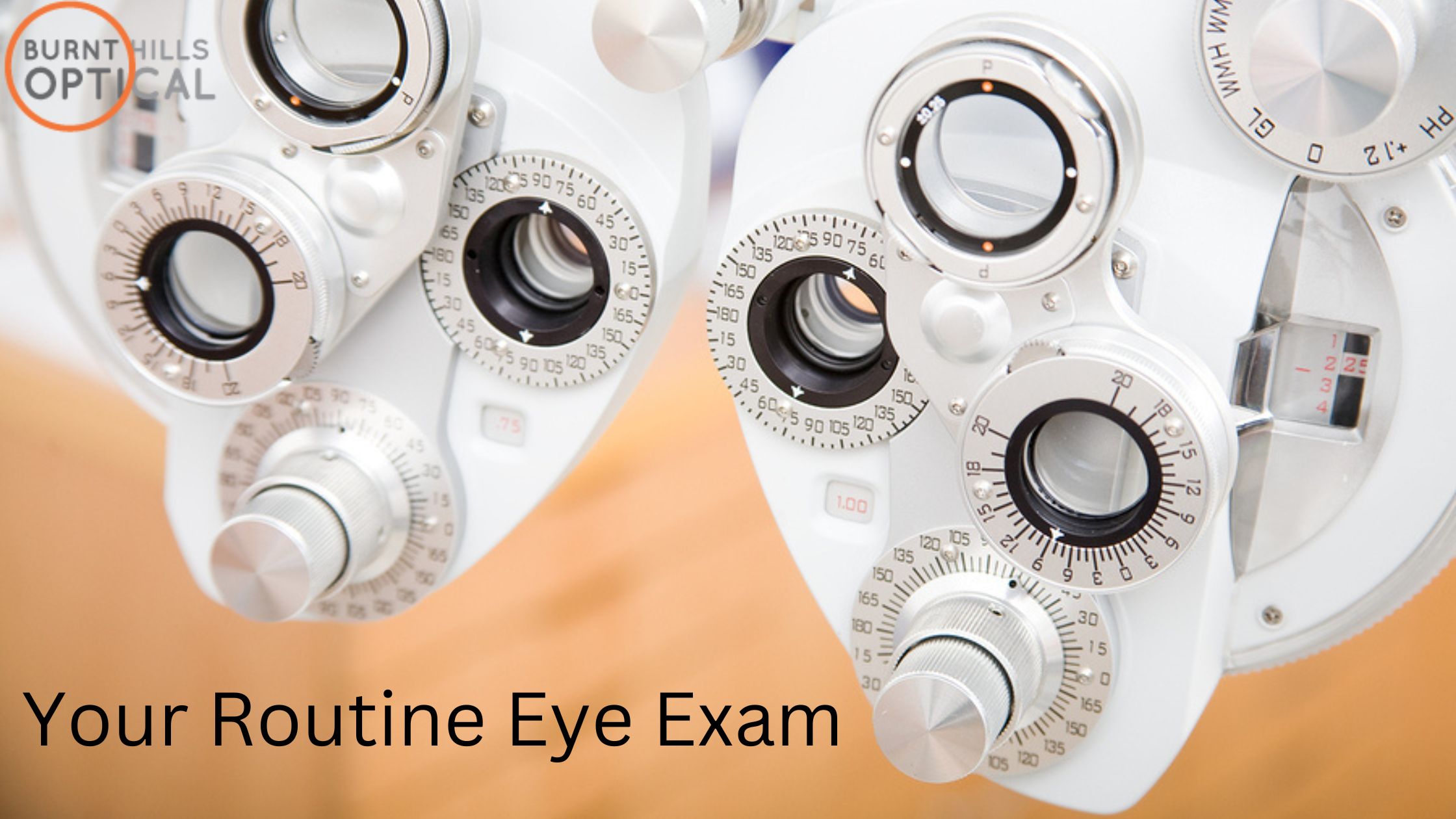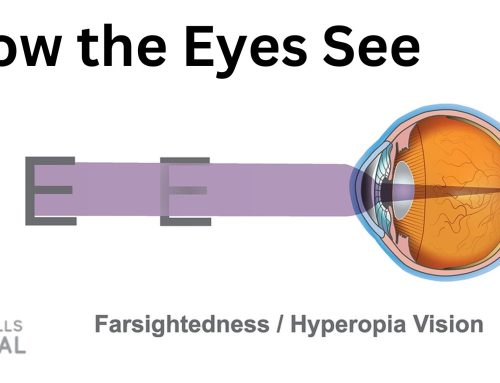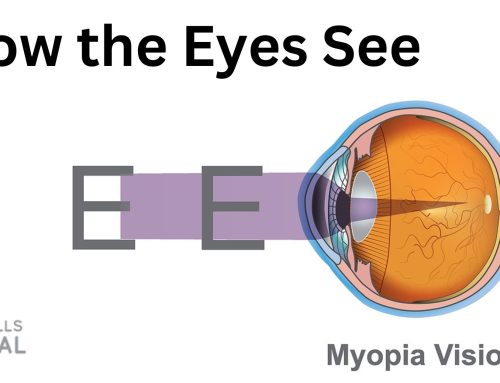Summer is on upon us I hope you all have your favorite pair of sunglasses ready to wear. If you are a first-time buyer of sunglasses, you may find yourself confused by some of the terms used. Photochromatic (Transitions) lenses or polarized lenses – which should you choose? Or, should you have both? As with most things, it depends on your lifestyle and what you want your glasses to do for you. First, let’s talk about the technology behind both types of lenses.
Photochromatic lenses contain a substance called silver halide or silver chloride which causes the lenses to change colors. Molecules of the substance are transparent before exposure to ultra-violet rays, but a chemical reaction occurs after exposure and the molecules change shape, absorb light, and darken. Once the UV rays are gone, the molecules revert back to their transparent state.
Polarized lenses filter light from certain angles to reduce glare, such as the reflection on bodies of water. Glare is caused by light molecules that reflect horizontally off of surfaces and hit the human eye at a certain angle. Polarized lenses have a surface containing vertical stripes that only allow vertically-reflected light into the eye, thus reducing glare.
Because photochromic lenses can be prescription-based, they offer an advantage to those who do not wish to switch between regular glasses and prescription sunglasses. They also are beneficial to sun-sensitive users who may require a darker tint. It is important to note that photochromatic lenses do not typically darken in the car, and therefore are not suitable to be used as driving sunglasses. Photochromic lenses are also great for kids, who tend to spend more time outdoors than most adults. Experts say the risk for cataracts and other age-related eye problems, is associated with a person’s lifetime exposure to the sun’s UV rays, so protecting your child’s eyes early on could pay dividends when he or she is a mature adult.
Polarized sunglasses are beneficial to those who spend time performing activities commonly associated with glare. These include driving, boating, cycling, golfing, and other sports. In some instances, polarized sunglasses may not be indicated for use. Polarized lenses can prohibit a pilot from reading LCD displays or skier from seeing bumps or icy patches that could result in injury.
Whatever your lifestyle and prescription needs; your optometrist and optician can help find just the right sunwear for you.
If you have any questions about this article or any other eye care issues, you can always ask us on our Facebook page. We promise a prompt response and would be happy to help ensure the health and well-being of your vision


